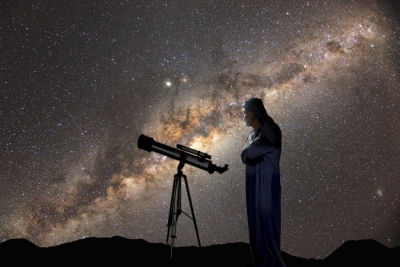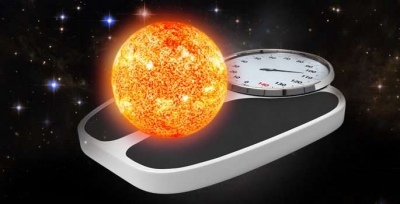Why Black Hole is called so?

BLACK HOLES
Black holes are the strangest objects in the Universe. No-one has ever seen one, but most astronomers are convinced that they exist. They are tiny regions of space surrounded by a force of gravity so strong that nothing, not even light, can escape from them.
All bodies in space exert a force of gravity, the force which attracts other things towards them. The greater an object, the stronger it’s gravitational pull, and the harder it is to escape from it. A rocket launched from Earth must go faster than 40,000 kilometres per hour (its “escape velocity”) to escape Earth’s gravitational pull. The Sun is many thousands of times more massive than Earth, so a rocket would have to travel much faster: more than 2 million kilometres per hour. If there was an object much bigger or denser than the Sun, an escape velocity equal to that of the speed of light may be needed to escape from it.
Where might an object of such high density be found? Stars more than 10 times as heavy as the Sun burn up their fuel in a much shorter time - a few million years, compared to the Sun’s 10 billion years. They swell into massive super giants before blasting apart in supernovas. A supernova’s core compresses in seconds to a tiny, super-dense body called a neutron star. If it weighs more than the three Suns, it squeezes further. An escape velocity of the speed of light would be needed to travel away from it. Any light rays would be pulled back in, so the object is invisible: a black hole.
Imagine a star in space as ball on a rubber sheet. A massive object like a star will “bend” space and anything close to it will fall in towards it. If the ball were so heavy that the sheet stretched into a long, deep tube, the result would be a black hole.
EINSTEIN’S GENERAL THEORY
The great German physicist Albert Einstein (1879-1955) found another way to explain how space, light and matter would behave close to a black hole. In his General Theory of Relativity of 1915, Einstein proposed that the gravitational pull of an object would result in the “curving” of space, in the same way that a person can curve a trampoline. A massive object creates a large “dent” in space into which light and matter would fall. The denser the object, the greater the dent. So the Sun would make only a shallow dent, whereas a neutron star would create a very deep dent. A black hole, the densest object of all, creates a dent so deep that nothing can escape from it.
Picture Credit : Google













